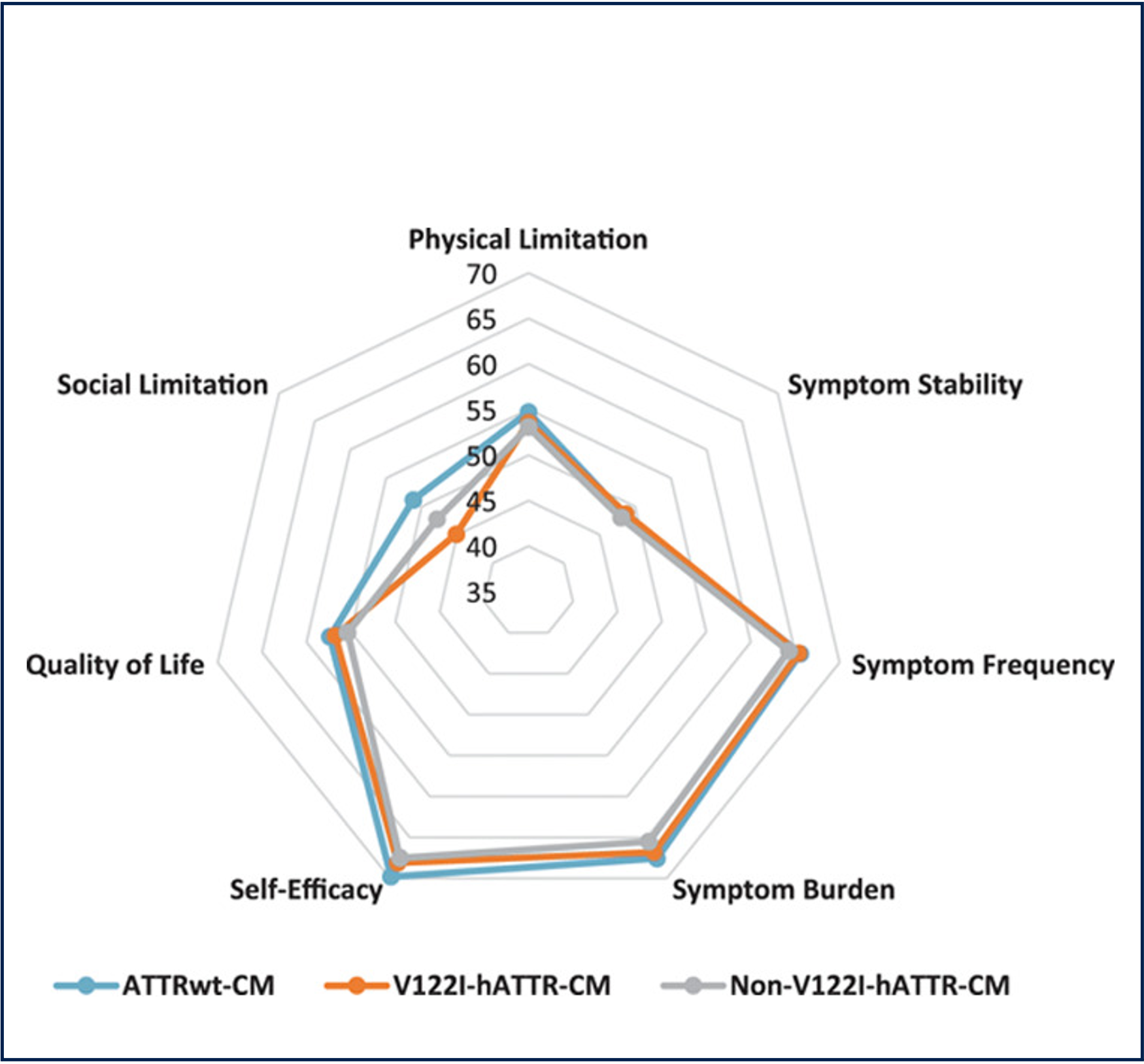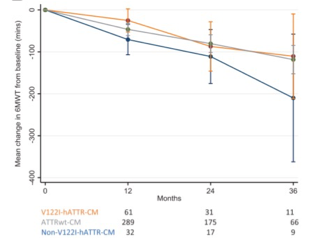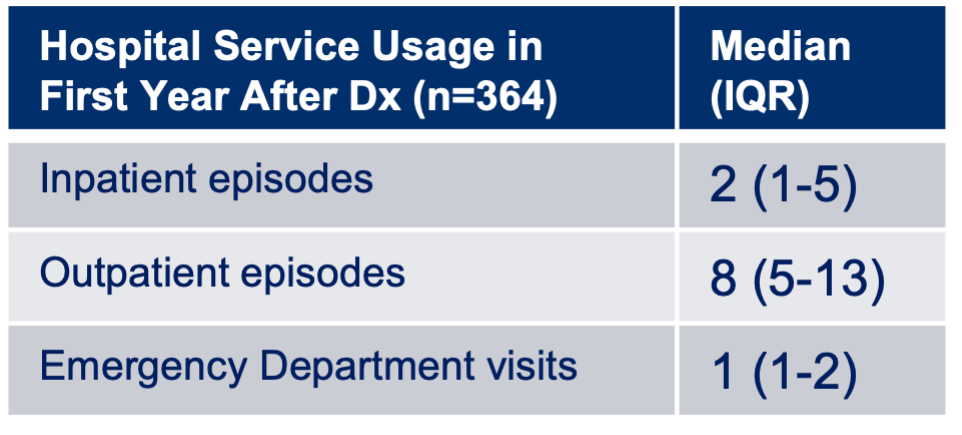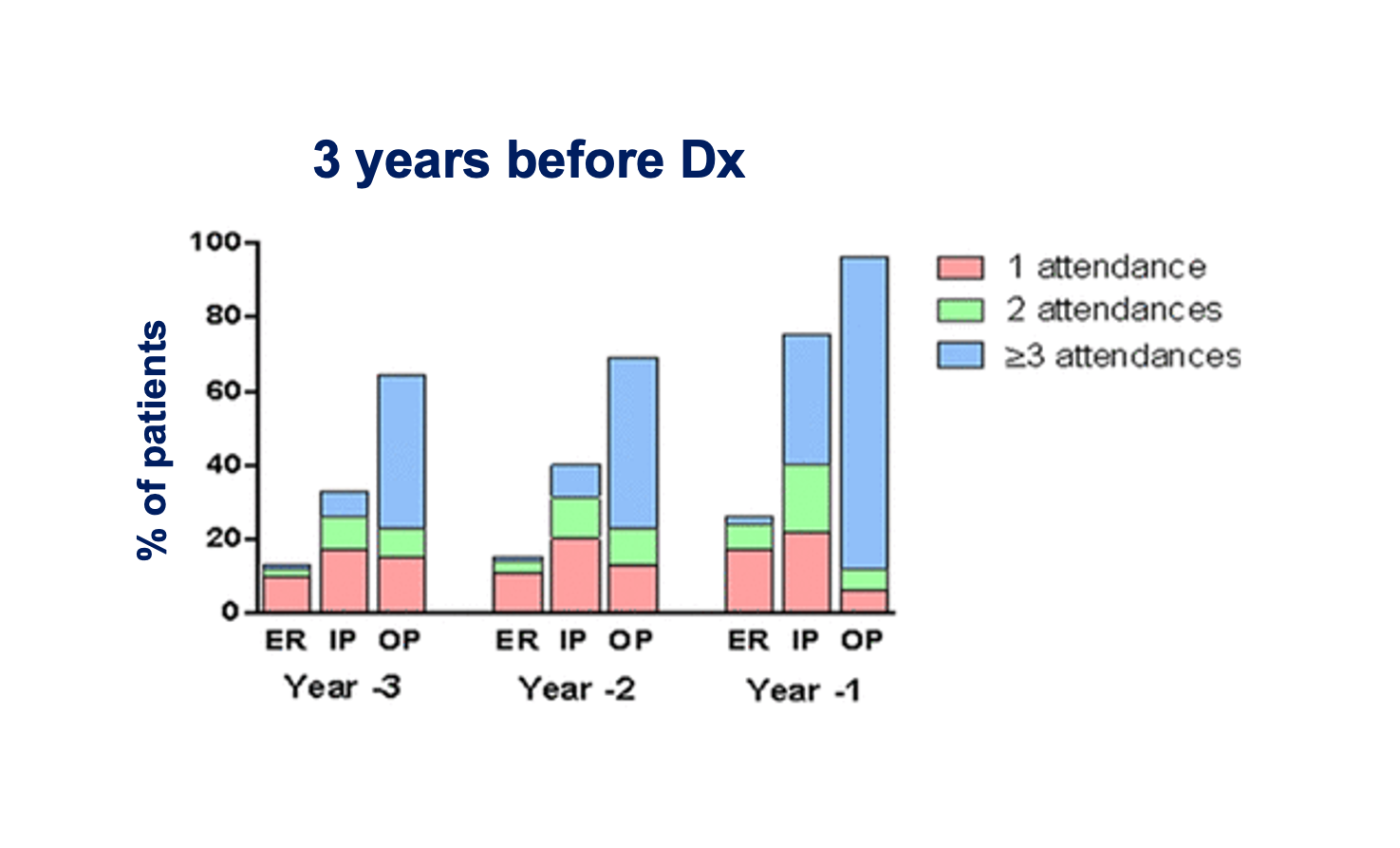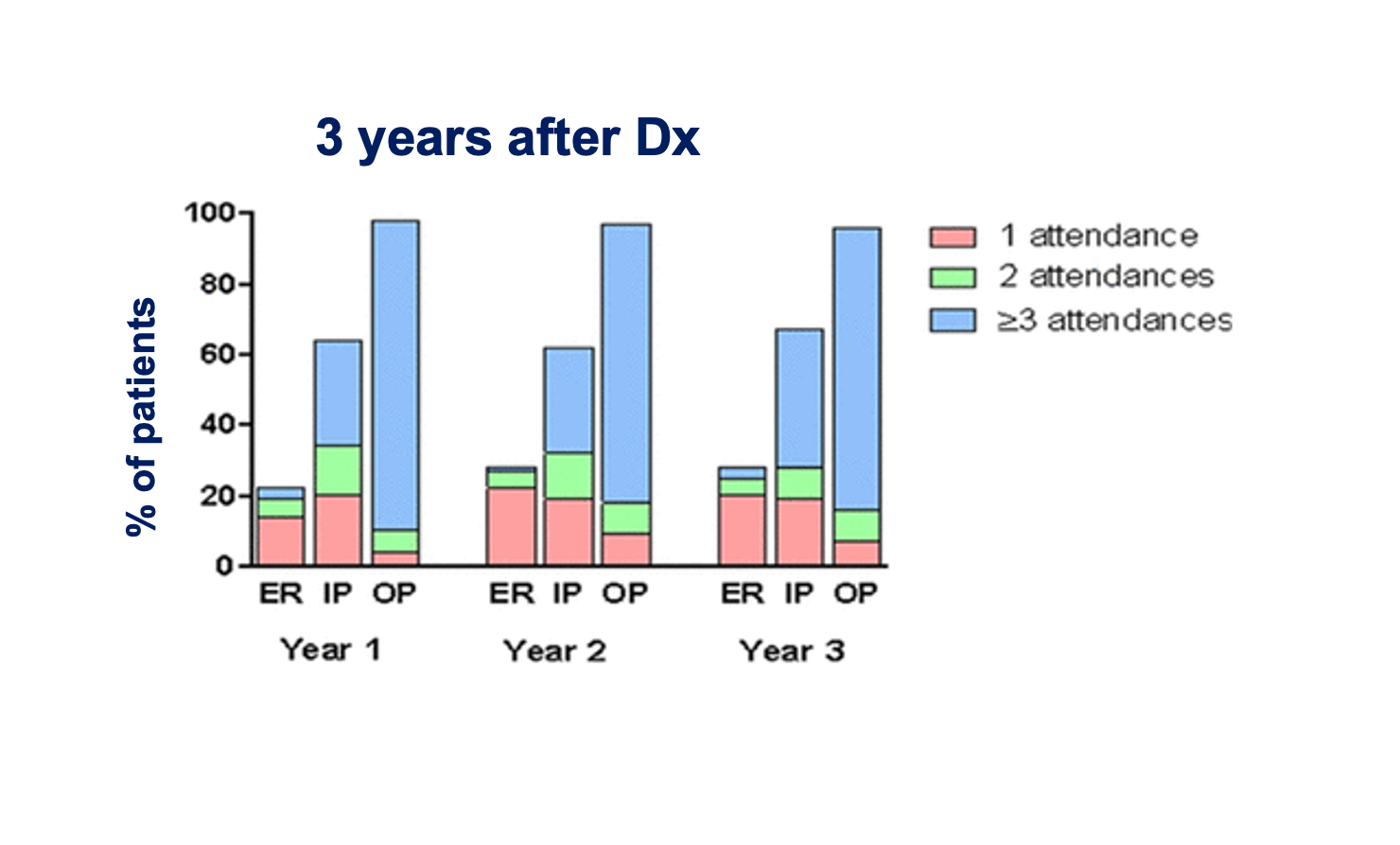Notes: ATTR clinical trials have used measures of general health status (e.g., SF-36), tools developed in other disease settings (e.g., KCCQ), or adaptations of other scales
Notes: ** A panel of cardiologists, internal medicine specialists, neurologists, rare disease specialists, geriatricians and health management specialists selected the most clinically relevant domains for patients with ATTRwt or ATTRv amyloidosis independently. They then chose 10 items for each domain. Afterwards, 2 groups of 25 patients with ATTRwt or ATTRv amyloidosis were selected trying to recapitulate the full spectrum of these conditions, including the cardiac, neurologic and mixed phenotypes of ATTRv amyloidosis. Patients were asked to grade the relevance of each item from 1 to 10. In this way, the 30 most relevant items for ATTRwt or ATTRv amyloidosis were identified. A question was created for each item, resulting in 2 sets of 30 questions with 5 possible answers.


